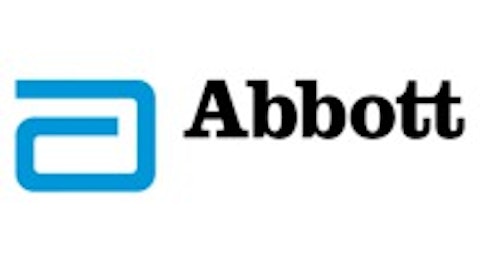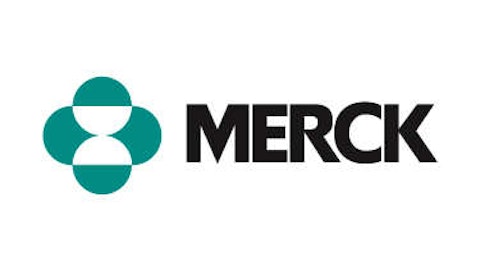A .09 coefficient of variation is extremely low. By comparison, United States Steel Corporation (NYSE:X)‘s coefficient is 3.2. Meanwhile, Weight Watchers International, Inc. (NYSE:WTW)’s is 0.19. Here is what the free cash flow margins look like for each:

Compared to most companies, Johnson & Johnson (NYSE:JNJ) and Weight Watchers International, Inc. (NYSE:WTW) earn remarkably stable free cash flow margins. Most companies are like United States Steel Corporation (NYSE:X), which has no durable competitive advantages and is therefore at the mercy of outside influences that largely determine what it can earn each year. United States Steel Corporation (NYSE:X) is the kind of company we want to throw out of our investment universe; Johnson & Johnson (NYSE:JNJ) and Weight Watchers are the kind we want to consider.
Step 2: Buy cheap stocks
It does an investor no good to identify a universe of consistently-profitable enterprises if she does not know how to identify the cheap ones. The second part of this trick provides an easy way to identify cheap stocks within the whittled-down universe.
First, it is important to understand what the free cash flow margin really is. For the stocks that make it passed the first cut — Johnson & Johnson (NYSE:JNJ), Weight Watchers, and similar companies — the long-term average free cash flow margin indicates how much cash the company generates in profit for each dollar it makes in sales. The companies that make it past the first step generate a predictable amount of cash as a percentage of revenues each year. Therefore, identifying cheap companies is simply a matter of applying the average free cash flow margin to a recent sales figure and comparing it to the current stock price.
For instance, Johnson & Johnson (NYSE:JNJ) generated $68.6 billion in sales over the last four quarters. If you apply its long-term average free cash flow margin to this figure, you get $13.6 billion. So, in an average year, we would expect the company to generate $13.6 billion in free cash flow on its current level of sales. If you divide $13.6 billion by its market capitalization ($13.6 / $242.74), you get a free cash flow yield of 5.61%. In other words, buying Johnson & Johnson stock today is kind of like buying a bond yielding 5.61%.
The same calculation for Weight Watchers produces a yield of 14.09%. In general, you want to look for a yield in excess of 8% — any lower, and you will be buying stocks with equal long-term prospects as the market. So, according to this trick, you would buy Weight Watchers and wait for Johnson & Johnson to fall to a lower price before buying.
By the way, United States Steel Corporation (NYSE:X)’s free cash flow yield is 11.49%. Even though this meets our 8% threshold, we would not include the stock in our portfolio. This is because United States Steel Corporation (NYSE:X)’s free cash flow margin is unpredictable — meaning our calculation of normal free cash flow has a good chance of being incorrect.
Final thoughts
Full-time investors will want to take this trick one step further and identify a durable competitive advantage. Sometimes companies will earn high and stable margins many years, but suddenly succumb to competitive forces because it does not have a sustainable advantage. In addition, free cash flow is only valuable if it is properly managed, so investors will also want to evaluate management’s history of capital allocation.
But most investors do not have the time or the patients to identify durable competitive advantages and prudent capital allocation. In this case, investors would be wise to simply build a diverse portfolio of 15 or 20 stocks that have a stable free cash flow margin (coefficient of variation less than 0.4) and a free cash flow yield in excess of 8%. This will generate a diverse portfolio of great businesses that are also cheap — and will likely beat the market by a large margin.
The article One Simple Trick to Boost Your Returns originally appeared on Fool.com.
Ted Cooper has no position in any stocks mentioned. The Motley Fool recommends Johnson & Johnson. The Motley Fool owns shares of Johnson & Johnson. Ted is a member of The Motley Fool Blog Network — entries represent the personal opinion of the blogger and are not formally edited.
Copyright © 1995 – 2013 The Motley Fool, LLC. All rights reserved. The Motley Fool has a disclosure policy.




